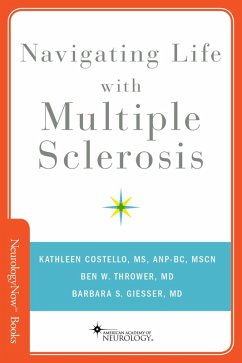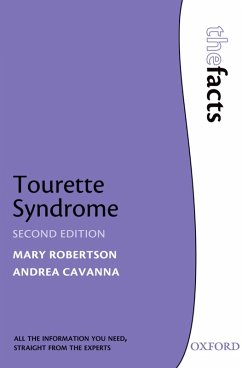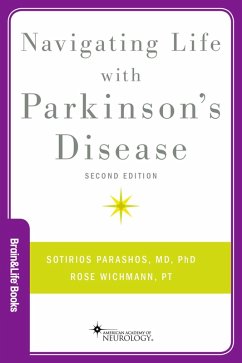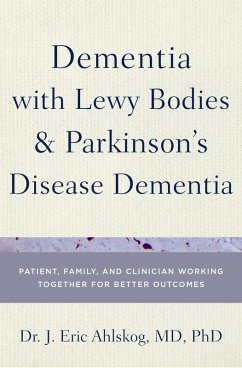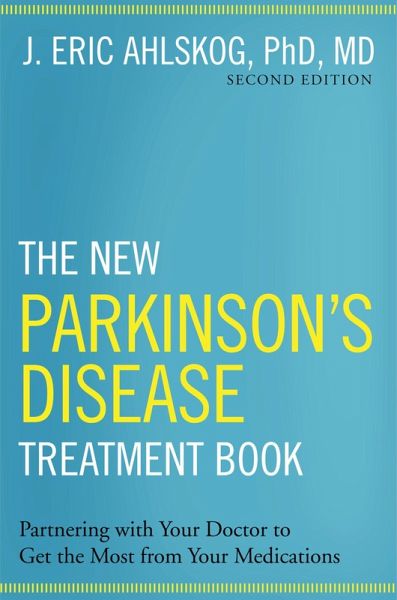
The New Parkinson's Disease Treatment Book (eBook, PDF)
Partnering with Your Doctor To Get the Most from Your Medications
Versandkostenfrei!
Sofort per Download lieferbar
14,95 €
inkl. MwSt.
Weitere Ausgaben:

PAYBACK Punkte
7 °P sammeln!
The fundamental guide to the most effective treatments for Parkinson's Disease, from a Mayo Clinic doctor with thirty years of clinical and research experience. In this second edition follow-up to the extremely successful first edition, Dr. Ahlskog draws on thirty years of clinical experience to present the definitive guide to dealing with all aspects of Parkinson's Disease, from treatment options and side effects to the impact of the disease on caregivers and family. Dr. Ahlskog's goal is to educate patients so that they can better team up with their doctors to do battle with the disease, str...
The fundamental guide to the most effective treatments for Parkinson's Disease, from a Mayo Clinic doctor with thirty years of clinical and research experience. In this second edition follow-up to the extremely successful first edition, Dr. Ahlskog draws on thirty years of clinical experience to present the definitive guide to dealing with all aspects of Parkinson's Disease, from treatment options and side effects to the impact of the disease on caregivers and family. Dr. Ahlskog's goal is to educate patients so that they can better team up with their doctors to do battle with the disease, streamlining the decision-making process and enhancing their treatment. To do this, Dr. Ahlskog offers a gold mine of information, distilled from his years of experience treating people with Parkinson's at the Mayo Clinic. In addition to providing a comprehensive account of Parkinson's medications, this book also examines additional aspects of treatment, such as the role of nutrition, exercise, and physical therapy. Although many commendable texts have been written on the subject of Parkinson's Disease, their discussions of treatment have not been in depth. Dr. Ahlskog sifts through aspects of the disease in order to give the reader a comprehensive sense of Parkinson's and the best available treatment options. With a broader understanding of the disease and the available options, patients are able to make more informed choices, and doctors are able to provide more tailored care. This book delivers hopeful, helpful, and extensive information to all parties concerned: patients, caregivers, and doctors. The ultimate guide to symptoms and treatment, this thoroughly updated second edition is the first place patients should turn for reliable, easy-to-grasp information on Parkinson's Disease.
Dieser Download kann aus rechtlichen Gründen nur mit Rechnungsadresse in A, B, BG, CY, CZ, D, DK, EW, E, FIN, F, GR, HR, H, IRL, I, LT, L, LR, M, NL, PL, P, R, S, SLO, SK ausgeliefert werden.






